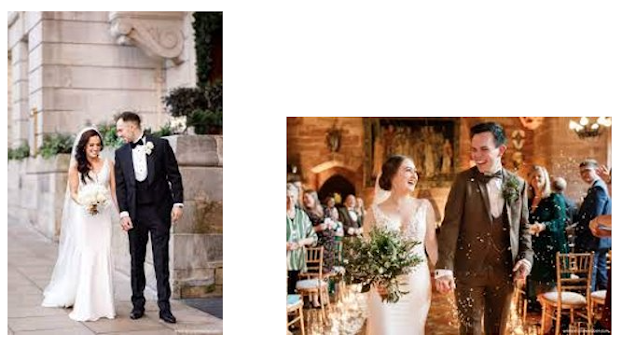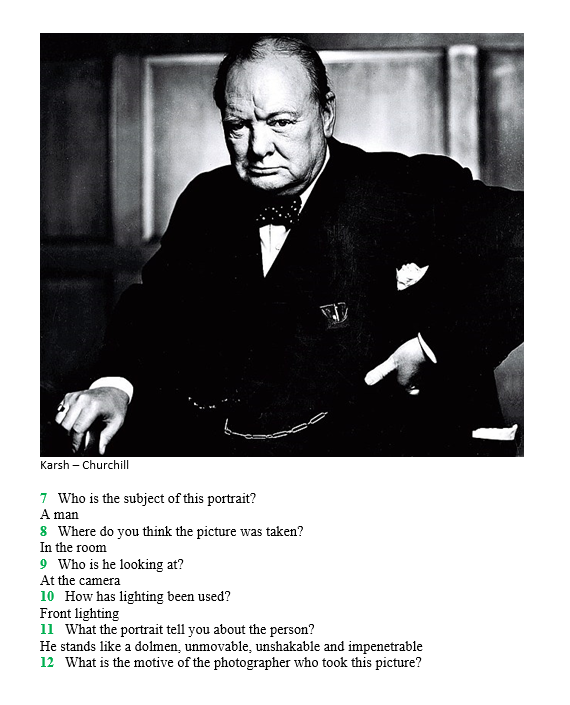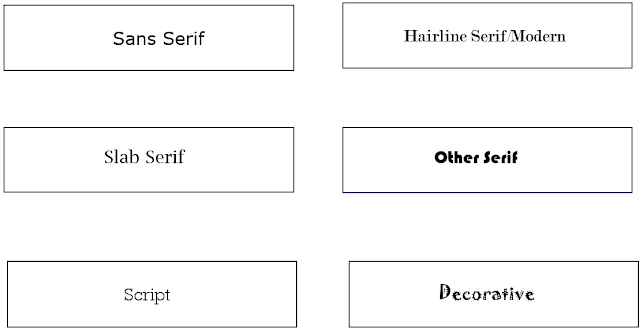Researching patterns in currency and passports
Why do passport pages and paper currency use Intricate patterns?
They use intricate patterns to describe something that has many small parts or details. Currency paper has a unique feel and is extremely durable. There are no wood fibers or starch on currency paper. Instead, like high-quality stationery, currency paper is composed of a special blend of cotton and linen fibres.
What do you notice about the colours used on the background imaged of passports?
I have noticed that the background needs to be white or grey. Use a white background without shadows, texture, or lines.
Three examples of passport pages and describe the background of images/pattern
All these passport pages have colourful backgrounds and different types of patterns.
What do you like about them?
I do like about them is that they are colourful and have different designs and patterns. And this shows that the colours are tied to the geography, culture, religion, and politics of the nation.
Three examples of paper currency
Type styles examples:
Types of Photography:
A portrait is a painting, photograph, sculpture, or other artistic representation of a person, in which the face and its expressions are predominant. The intent is to display the likeness, personality, and even mood of the person.
A landscape is the visible features of an area of land, its landforms, and how they integrate with natural or human-made features, often considered in terms of their aesthetic appeal. A landscape includes the physical elements of geophysically defined landforms such as mountains and hills.
Macro Photography ( or macrography and macro photography) is extreme close-up photography, usually of very small subjects and living organisms like insects, in which the size of the subject in the photography is greater than life-size. (macro photography also refers to the art of making very large photographs).
Architectural Photography is to capture photographs of buildings and similar architectural structures that are both aesthetically pleasing and accurate in terms of representations of their subjects.
Interior photography is all about taking photos of indoor spaces - everything from individual rooms of the house to the pieces of furniture in it.
Infrared Photography which captures images imperceptible to the human eye, is utilized in many fields, including science, astronomy, art, and medical imaging. UV light provides more detail and contrasts to an injured area, including bite marks than standard lighting techniques.
Action Photography is about capturing subjects in motion. It can encompass wildlife and sports photography, though you can apply the techniques involved to any number of subjects.

Nature Photography is a wide range of photography taken outdoors to display natural elements such as landscapes, wildlife, plants, and close-ups of natural scenes and textures. Nature photography tends to put a stronger emphasis on the aesthetic value of the photo than other photography genres, such as journalism and documentary photography.
A Pinhole camera is a simple camera without a lens, but with a tiny aperture(called a pinhole) - effectively a light-proof box with a small hole in one side. A line from a scene passes through the aperture and projects an inverted image on the opposite side of the box, which is known as the camera Obscura effect. The size of the images depends on the distance between the object and the pinhole.
Definition of genres:
Comedy is a genre of fiction that consists of discourses or works intended to be humorous or amusing by including laughter.
Romance is a feeling of love for, or a strong attraction towards another person and the courtship behaviors undertaken by an individual to express those overall feelings and resultant emotions.
Adventure is an exciting experience or undertaken that is typically bold, and sometimes risky. Adventures may be activities with danger such as traveling, exploring, skydiving, mountain climbing, or other extreme sports.
Crime is an unlawful act punishable by a state or other authority. The most popular view is that crime is a category created by law, in other words, something is a crime if declared as such by the relevant and applicable law.
War is an intense armed conflict between states, governments, societies, or paramilitary groups such as mercenaries, insurgents and militias. Warfare refers to the common activities and characteristics of types of war or of wars in general.
Horror is a genre of fiction that is intended to disturb, frighten, or scare. Horror is often divided into the sub-genres of psychological horror and supernatural horror.
Family is a group of people related either by consanguinity (by recognized birth) or affinity (by marriage or other relationship).
Western is a literature, film, and television genre. Westerns are primarily set in the American Old West between the late 18th century and the late 19th century and tell the stories of cowboys, settlers, and outlaws exploring the western frontier and taming the Wild West.
Animation is the method and medium that encompasses myriad filmmaking techniques, by which still images are manipulated to create moving images.
Science fiction is a genre of speculative fiction, that typically deals with imaginative and futuristic concepts such as advanced science and technology, space exploration, time travel, and parallel universes.
Fantasy fiction is a genre that involves elements that cannot exist within the real world. This fictional universe includes things like magic, mythology, or life from other worlds or universes.
Music genre is a conventional category that identifies some piece of music as belonging to a shared tradition or set of conventions.
Shot sizes:
-Extreme long shot is a view from an even greater distance, in which people appear as small dots in the landscape if at all.
-Wide/ long shot is a shot that shows the subject within their surrounding environment.
-Full shot is a camera shot in film that lets your subject fill the frame, head to toe.
-Medium shot is a film shot that stretches from around the waist of the subject up to their head.
-Close-up shot is a type of shot that tightly frames a person or subject.
- Extreme close-up shot is a more intense version of a close-up shot, sometimes showing only the subject's eyes.
-POV shot is a shot through the eyes of the character.
-Over the shoulder shot is a shot where the camera is placed above the back of the shoulder and head of the subject.
Camera angles:
-Eye level: the camera angle directly at the eye level of the character.
-Low level: the camera angle is positioned below the average eye line and pointing out.
-High angle: where the camera looks down on the subject from a high angle.
-Dutch: gives viewers an uneasy feeling, like something isn't quite right.
-Birds eyes: an elevated view of an object or location from a very steep viewing angle.
-Worms eyes: a view from an object from below, as though the observer were a worm.
Natural History photographs
The trip that I went on was interesting as I saw a lot of new things. The top things that I saw at the Natural History Museum were the big dinosaur and a lot of different and colorful crystals, gems, and elements. I also saw the Aurora Pyramid Of Hope - its coloured diamonds are extremely rare. The collection represents the natural diversity of the Earth. It's named after the aurora borealls - the dramatic coloured lights in the northern sky - Aurora was also the Roman goddess of dawn, symbolising hope for a new beginning.
Research for George Hurrell
My opinion
Illustrator practice
Passport Cover
Passport Pattern
In this experiment, I used Pen Tool to make the lines. Then, I used Selection Tool to copy the lines. And, to change the pattern of the lines I used Twirl Tool - Intensity-49%.
Portrait pictures
The light in the 1st picture is good and not that much like in the 2nd picture. In the 2nd picture, there is too much light coming from the left side. To improve the 2nd picture, the photographer could remove the light from the left side and add a little bit of light to the right side, so there are no shades.
The pictures that I took:
I practiced taking pictures in Photo Studio and so it turned out that the exposure was high, but the pictures themselves turned out well. And the light in all photos is very bright from the front. The last picture is a bit blurry compared to the first two pictures.
Trailers video
Photoshop practice
Composite Landscape Research
The elements that make up the image are the elephant, desert, sand, sky, and shadow.
Photoshop tools they could use are brightness and contrast to make the photo look more exciting and Quick Selection Tool or Pen Tool to select the elephant and insert it so that it looks like it's standing at the top of the sand.
Yes, this is an effective image, because the elephant that is standing on top of the sand, and it shows that the elephant is the main object in this photo.
The elements that make up the image are a large and strange house raised on huge and long roots.
Photoshop tools they could have used are black & white filter to show how colours are converted to shades of grey.
Yes, this is an effective image, because it's a house that is raised by roots, it looks unreal and makes me think about how is this possible if it was in real life.
The elements that make up the image are the man standing in front of the photo, which is on the railway.
Photoshop tools they could have used are brightness and contrast to make the photo look more interesting and Pen Tool or Curvature Pen Tool to select an object and make it blend in with the background.
Yes, this is an effective image, because the man who is standing in front of the photo shows that he is not there by opening his jacket.
My Passport
passport cover
passport page 3
I used Type Tool to add text. Edit - Paste Into to add picture.
For the back cover, I used Gradient to fill with the colour. Rectangle Frame Tool and Edit-->Paste Into to paste the picture.
Object-->Fitting-->Fit Content Proportionally so the picture now fits proportionally within the frame.
To get rid of the background-->Object-->Clipping Path-->Options...,type-Detect Edges and click
Preview
Pen Tool-->Type on Path Tool
Holiday video
Magazine
Make an A4 document and add 2 pages.
Go to Layout--Margins and columns and make 3 columns, increase margin, increase gutter.
To make a heading for my magazine using Type Tool.
To add text boxes over each of the 6 columns and link them using the little box bottom right.
Fill the space holder text - 11 pt and use the suitable typeface.
Rectangle Frame Tool and File-->Place to put the pictures.
Object-->Fitting-->Fill Content Proportionally, so the entire picture is now scaled to fit proportionally within the frame.
Pen Tool and then change colour of the line,
Stroke--> weight-8 pt, type-white diamond
Type-->Place with Placeholder text
Magazine design
https://i.pinimg.com/originals/14/e8/9b/14e89b355dc919fd1dd7dc37ad5a9d52.jpg
The Headline is "Out Of The Shadows"--> big letters and bright colour.
A large initial cap with the first letter in a different style-->it's a letter at the beginning of the word, a chapter, or a paragraph that is larger than the rest of the text.
An introduction after the headline--> an introductory paragraph in an article, printed in larger or bolder type, which summarises the article; to attract the reader's attention.
Evaluation of passport items and magazine
1. What are your final items? What influenced you to create these items?
-My final items are my passport and magazine spread. This influenced me because magazines attracted my interest and loyalty as a reader.
2. Did you make a plan and follow it? Was it useful? If you didn't make a plan would it have helped if you did?
-I followed my plan and watched the video of how to do it.
3. How did you create your items? Tools/techniques/ programs used
-The programs I used are Illustrator and InDesign. The tools I used are Line Segment Tool, Type Tool, Polygon Tool, Rotate Tool, Ellipse Frame Tool, Gradient, and Rectangle Frame Tool.
4. What did you research? Was your research successful? (did it influence your final items) and why?
-
5. Were there any problems? What did you do to overcome them?
- There were no problems, just sometimes confused about how to do something.
6. What went well with the product? How well did you complete the items? What standard are they? Does it communicate your ideas well? How/why?
-
7. What went less well? Is it messy? Not what you wanted? Not finished? Why do you think this happened?
-
8. If you were to repeat the process again, what would you do differently and why?
-



















































































Немає коментарів:
Дописати коментар